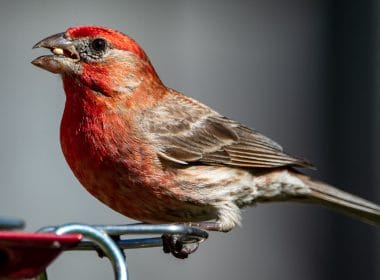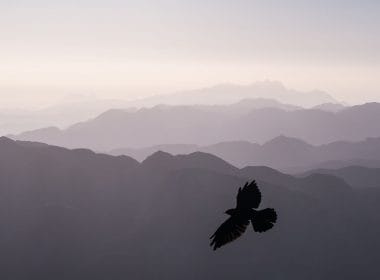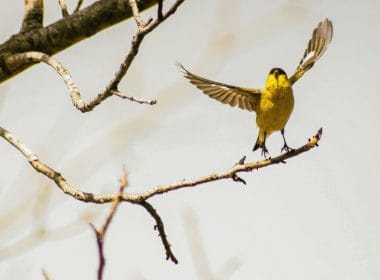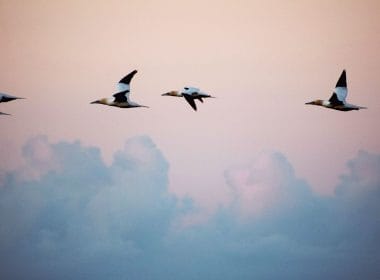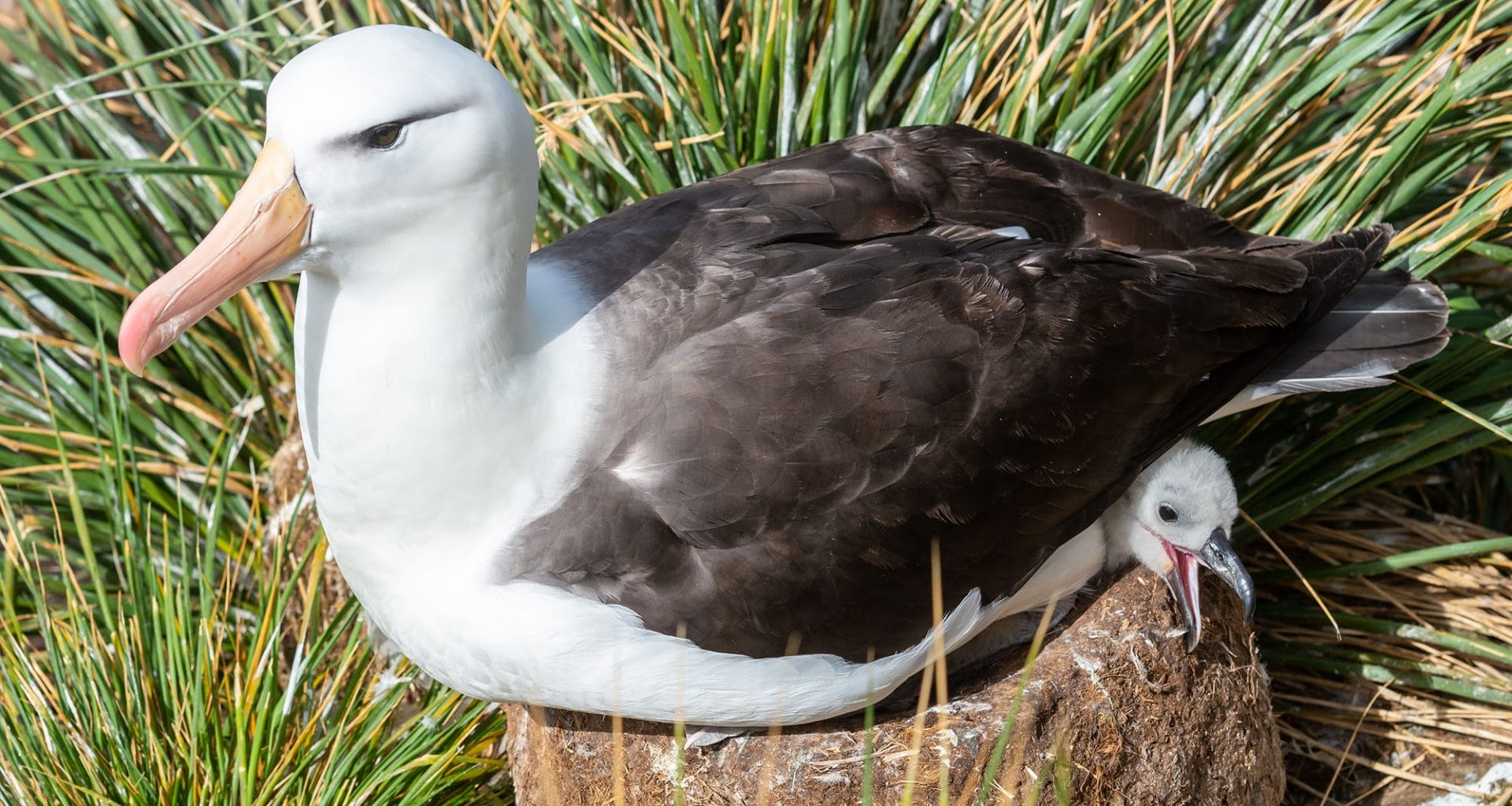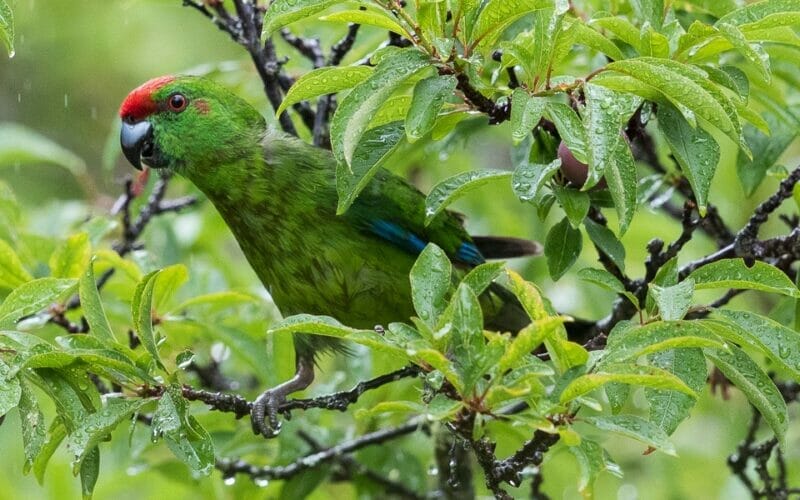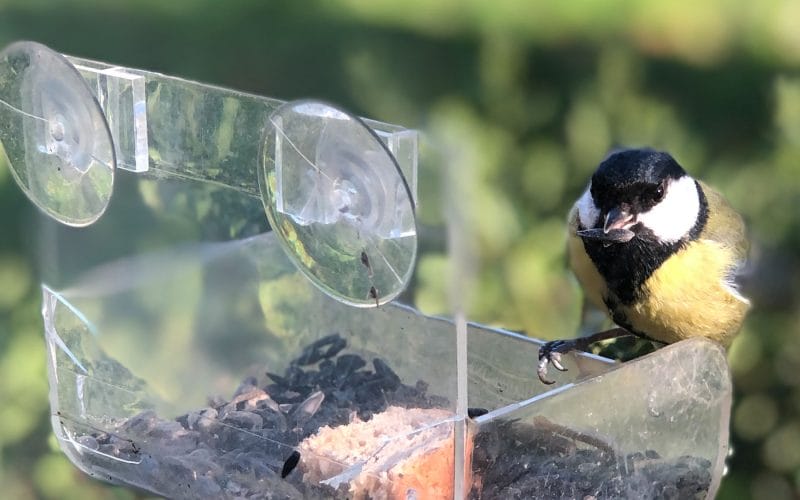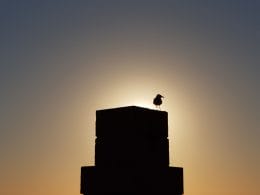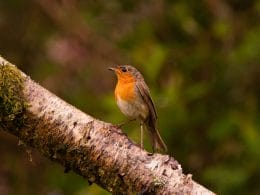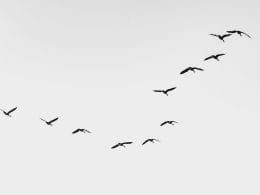Several species of birds are known to live long lives, but what bird lives the longest?
The Laysan Albatross holds the record as the longest living bird in the wild. In fact, the record holder is still living and has surpassed the 65-year mark.
The use of banding typically determines a bird’s lifespan. It is important to note that data can change. Banding is continuously updated as more birds become banded. Here are some of the longest living birds according to the current data.
Top Bird Lifespans
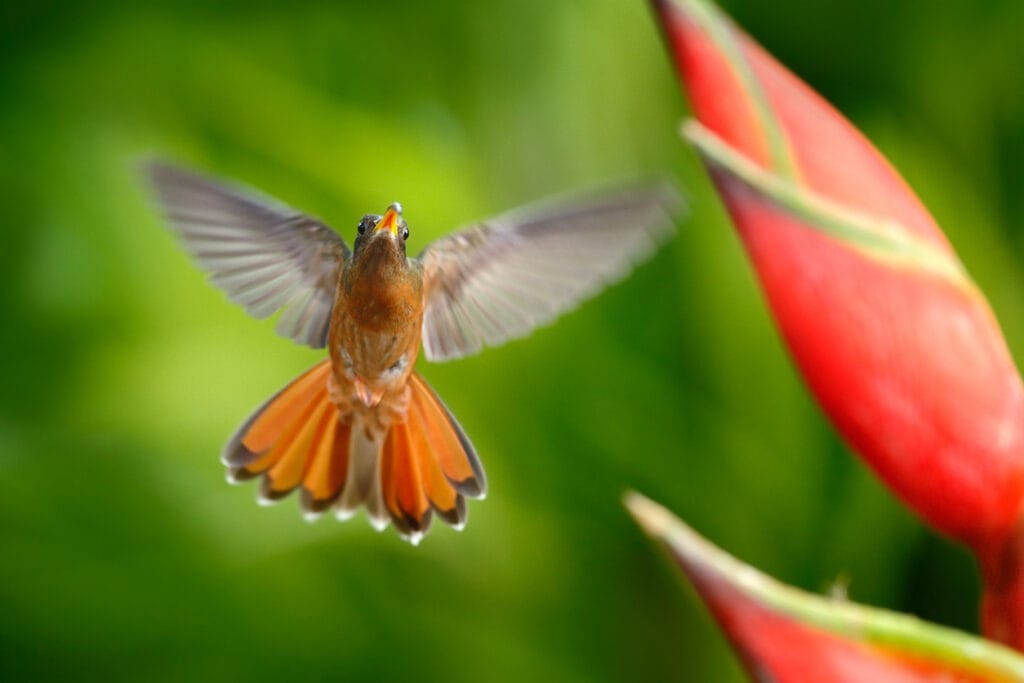
These figures are by no means an average. They are extremes. For example, the average life span of a House Sparrow is 3 years.
- Laysan Albatross: 65+ years
- Arctic Tern: 30+ years
- Brown Pelican: 28+ years
- Great-horned Owl: 27+ years
- Mute Swan: 26+ years
- Red-tailed Hawk: 25+ years
- Great Blue Heron: 23+ years
- Sandhill Crane: 18+ years
- Northern Cardinal: 15+ years
- American Robin: 13+ years
- House sparrow: 13+ years
- Wild turkey: 12+ years
- Killdeer: 10+ years
- Eastern bluebird: 10+ years
- Ruby-throated hummingbird: 9+ years
Many birds on this list are familiar visitors to a bird lover’s backyard. Some birders could become attached to their feathered visitors. While there are often the same birds that do visit the same yard year after year, most of the birds will be the same species but not necessarily the same individual birds. There are also several shorebirds on the list.
Birds can be identified through specific characteristics, such as a unique deformation or plumage. But, generally speaking, the average backyard birder will find it tough to identify the same individual bird. Birds of the same species look similar. So the best thing you can do if you want to identify individual birds is to pay attention and learn their behaviors.
How Long Do Birds Live?
Wild birds and domestic birds have different lifespans. For birds living in the wild, various factors affect how long they could live. As most people might expect, large parrot species have some of the longest lifespans. But the parrot isn’t the only bird with a long lifespan. Large species, like the record-holding Albatross, hawks, owls, and other raptors, all have naturally long life expectancies.
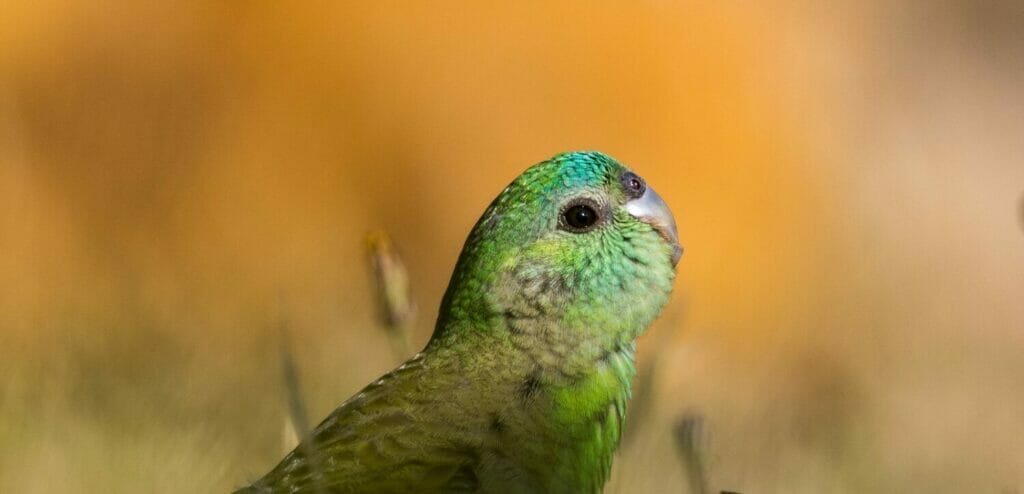
Author Note: But just because a bird has a naturally long lifespan doesn’t mean it will go on to live a long life. Sometimes, nature runs her course in other ways. So when learning what bird lives the longest, you should consider the following factors.
Here are some factors affecting a birds lifespan:
Predators
Even some raptors have predators that could cause a premature end to their life. Smaller hawk species may be subject to the talons of an eagle, for example. Smaller birds with long life expectancies will also have to face early mortality should they fail to outwit a predator.
Disease
Humans are not the only species subject to sickness or even epidemics. Epidemics could affect entire flocks and, therefore, the population of a particular species.
Injuries
Injuries can cause harm not only to an individual bird but also a successful breeding season.’
Hunting
Is the human a natural predator? One could argue that human interference is part of the natural order, but what about illegal trapping or poaching? The philosophical question of hunting, poaching, and trapping aside, hunting puts a strain on a bird’s lifespan.
Resources
A bird can have a long lifespan, but if it cannot find a safe habitat or breeding place, then it won’t last that long in the wild.
Did You Know?
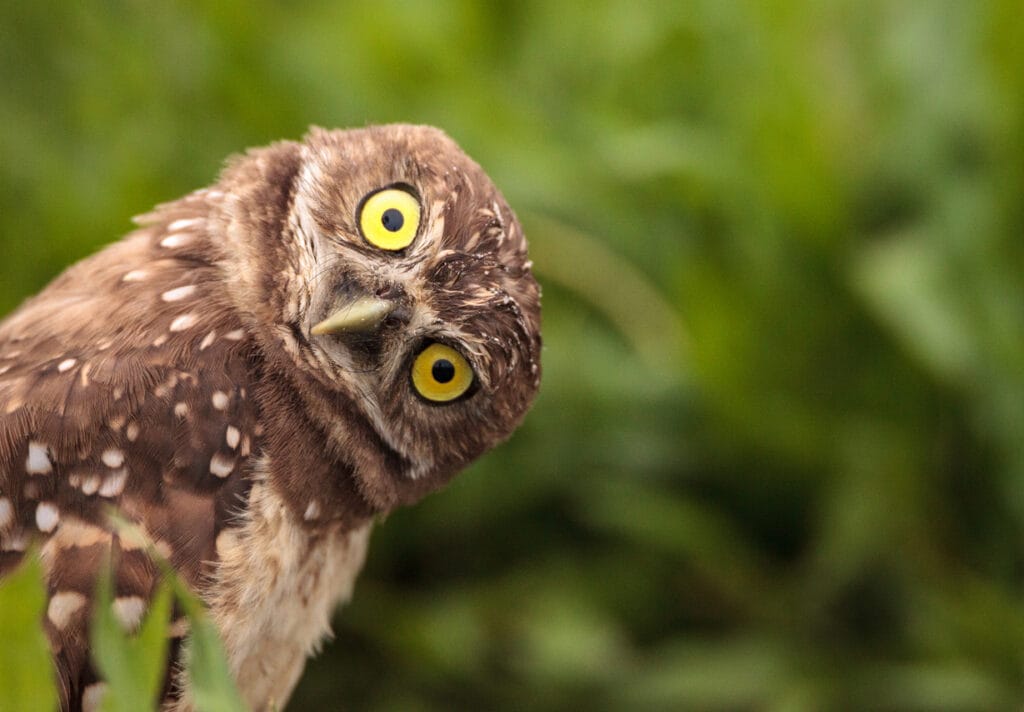
A large portion of the longest living birds spends the majority of their life out at sea. The frigatebird, Albatross, tropicbird, and puffin all spend most of their time as waterbirds and mostly come to land for breeding purposes only.
The three terns, another long-living species, will also spend a large portion of their lives at sea. But, the three turns will spend their time closer to the shoreline than the other birds mentioned.
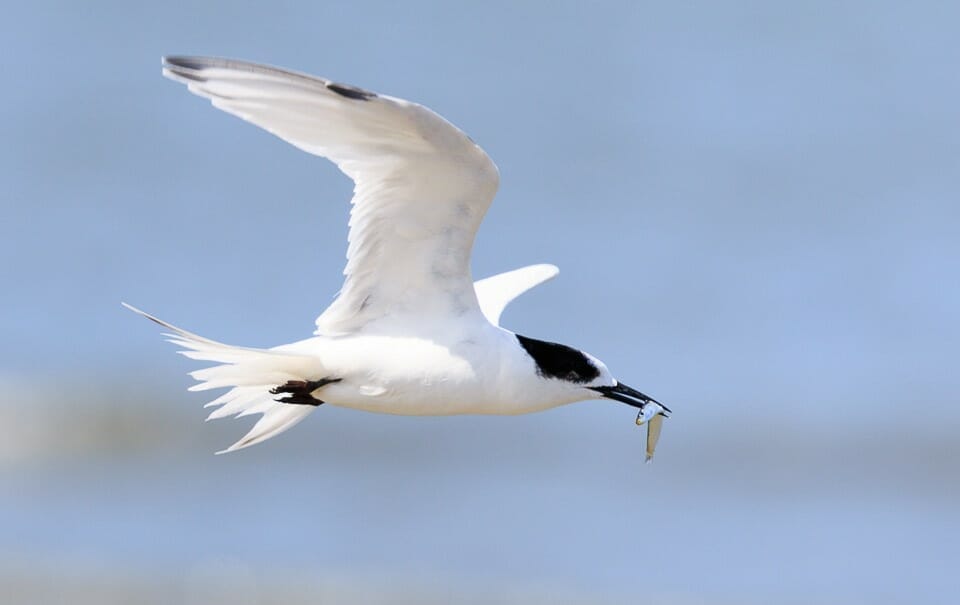
How Long Do Birds Live in Captivity?
Birds living in captivity safely lose out on the joys of their wild nature but live longer. There are not as many dangers in captivity as there are in the wild. Most of the time, birds in captivity are never shy of habitat or food sources. Captivity can have a huge impact on what bird lives the longest.
What’s more, the only predators may be a negligent human or a greedy domestic pet. Domestic birds that are well-loved pets may still fall prey to illness and disease. But, when they do, they are usually escorted swiftly to a vet. Here, the bird will get the medical care they need to survive.
There are, however, some birds that will not be as adaptable to captive life as others. As a result, they may not live as long as a family’s cockatiel. Some bird species will become stressed when living in the confines of domestication and have shorter lifespans.
There is an excellent variety of bird species on this earth, and life expectancies can vary a great deal.
Birds that Live the Longest
Most already know about the Albatross that can often live longer than 50 years. However, there is a lesser-known bird that usually lives longer than 70 years. The kakapo, native to New Zealand, is one of the longest living species. Some records are indicating kakapo can surpass the 90-year mark. So this could change the answer to what bird lives the longest.
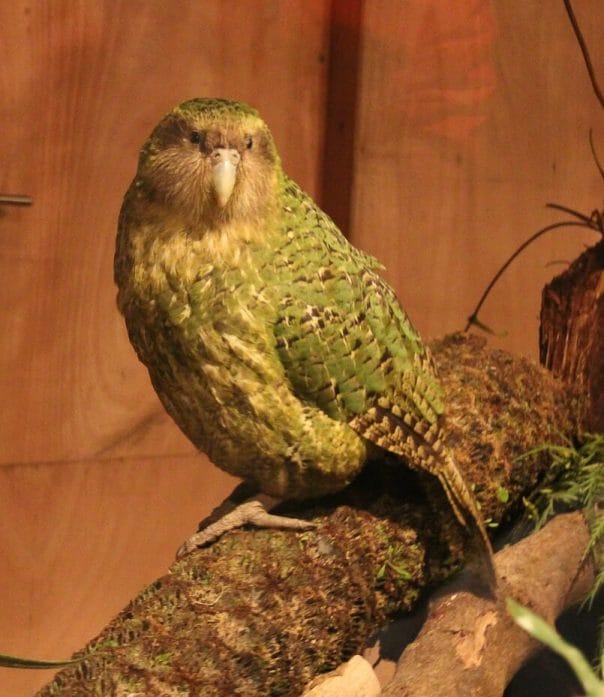
How Does the Kakapo Live So Long?
Researchers may not yet have a conclusive answer to this question, but there is one theory. The theory is that the kakapo is a ‘slow’ species. Because of these late-blooming tendencies, it will only breed at four years (for the males). In a turn of events, it is the female that is the real late bloomer.
The female kakapo typically comes into sexual maturity around the ripe age of six years.
The Thick-billed Murre is another lesser-known species that can grow to a ripe age. This species can surpass 40 years of age. The Thick-billed Murre is one of the best divers in the bird kingdom. No matter how old it gets, this bird will continue to dive with excellence.
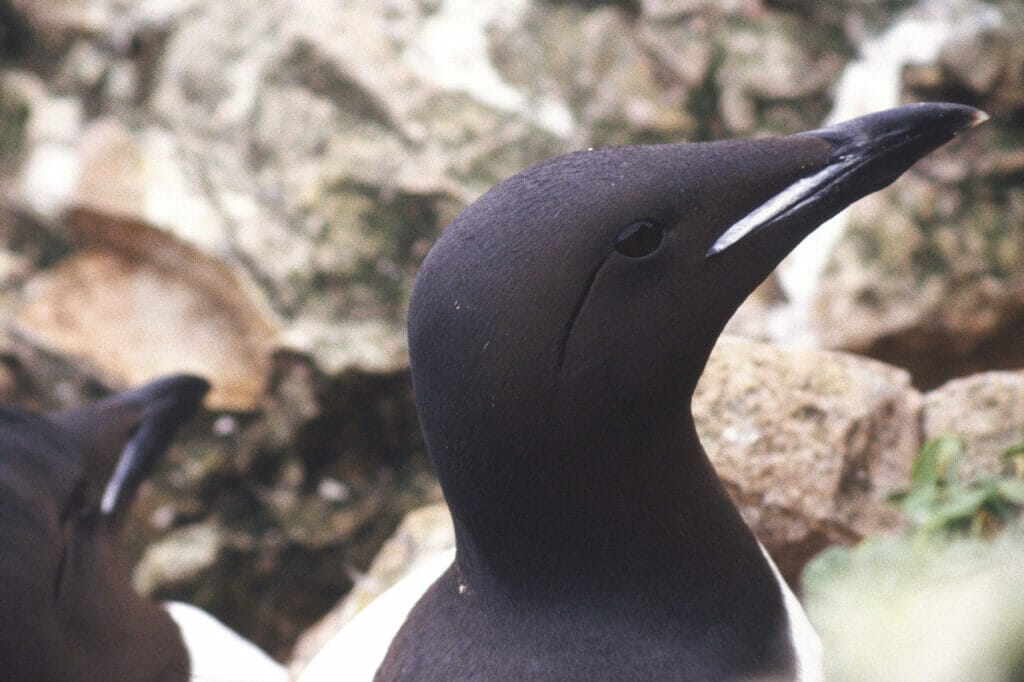
Balance in Nature
Author Note: If there is one lesson to be learned from nature, it is that everything should be balanced. The bird mortality rate is high amongst their young. While this may seem a tragic sentiment to the sensitive human mind, it is essential for a balanced ecosystem.
Biologists estimate that only 10% – 20% of baby birds will live beyond their first year. This may seem shocking, but given the number of baby birds born each year, there would be a severe overpopulation of birds if they all survived to reach maturity.
Bird Banding
Bird banding helps biologists to determine an individual bird’s lifespan in the wild. Banding is also an essential tool for researchers to assess an entire species average lifespan. Using the information gathered from bird bands, researchers can begin to understand species’ longevity in different areas.
What Is Bird Banding?
Scientists and researchers use bird banding to establish a species’ lifespan. A band or tag made from either plastic or metal can tell a biologist how long a bird could live. The tags or bands are typically made from either plastic or metal. Attached to the bird’s leg, the band has a unique number.
This code can give a researcher the information he needs to determine how long the bird has been wearing the tag or band. Initially, owners used banding on falconry birds. This helped owners to identify their birds. It also acted as a type of insurance so that the bird could be identified should it be lost or stolen.
Racing pigeons also use bird bands around their legs. The practice of bird banding has since evolved to become a regular practice amongst modern-day researchers and scientists. Birds banded in the wild will be released, and after some time, may be caught again.
The unique digits on the band can let researchers know when the bird was banded and, as such, how long the bird may be living. Obviously, banding cannot give an exact age if the bird is already mature when banded. The best time to band a bird is when it is immature, or even in the nest. This allows scientists to record accurate data regarding age.
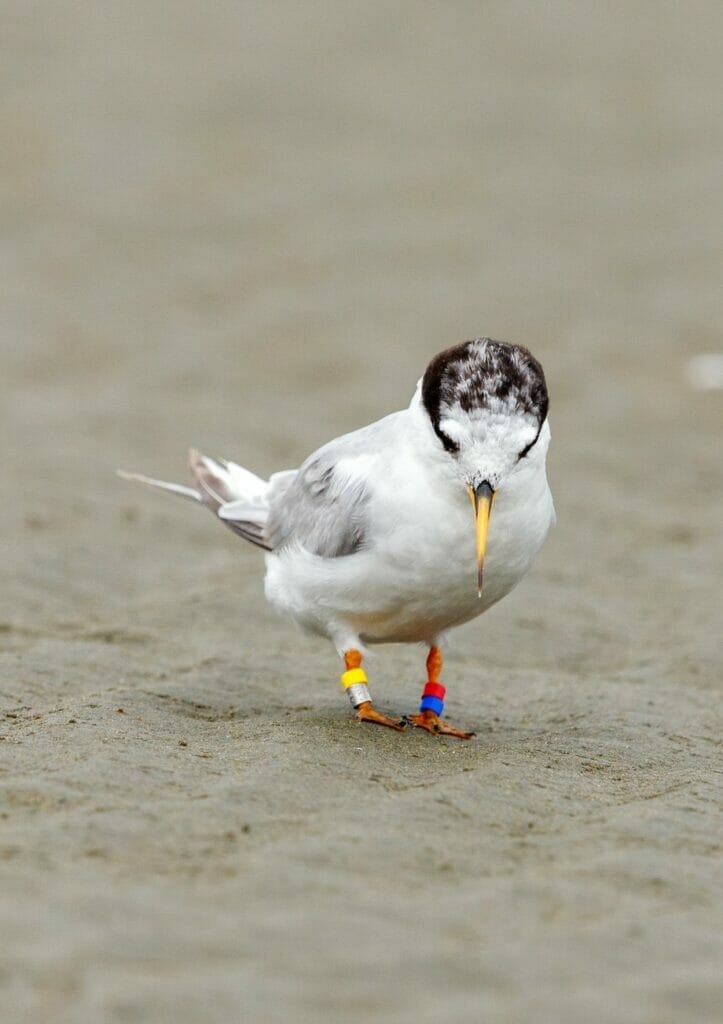
Calculating Life Spans without Banding
Once a bird reaches maturity, it is difficult to determine the age. Young birds are easy to spot as they generally have subadult plumage. After a bird reaches maturity, however, the subadult plumage is shed. The mature feathers that replace the baby plumage typically remain unchanged.
Not all bird bands belong on a bird’s legs. Researchers may fit birds such as swans and geese with a collar. So if you see a brightly colored ring around a swan or geese’s neck, do not be alarmed. These are often identification collars used to help scientists track a bird’s age. However, if you do notice that there is pollution around a bird’s neck, call a professional to help.
Author Note: Aside from neckbands, biologists may also clip a raptor’s wing. The wing is clipped in a way that will not prevent the bird from flying, but it will allow researchers to read the data at a safe distance.
If you are concerned that bird banding, collars, or wing clippings harm birds- do not worry. The bands are never tight enough to cause harm, nor are they so loose that they risk snagging. The bands are also manufactured from safe materials. Most of the time, a bird will not even notice the discrete band.
Regardless of the type of band used, they do not hurt the birds. The bands are safe and have no sharp edges. They are carefully sized, so they will not be tight enough to cramp or pinch the bird in any way. Simultaneously, the band is not loose enough to slip off or snag on any twigs or other materials.
Bird bands are made from non-toxic materials and are lightweight.
How Birds are Banded
Many types of birds are banded, including migratory songbirds, shorebirds, waterfowl, and birds of prey. Endangered birds are frequently banded, as are any birds in sensitive areas where conservation study is needed.
Conclusion
We hope you enjoyed this article on what bird lives the longest and how bird banding works. Studying the lifespan of birds is an interesting field to go into!
Fly high friends!
FAQ
That is a tricky question. They certainly don’t age in the same way as humans. While some birds may go through a decline in reproductive ability, some actually increase. More research is definitely required before we can answer that question properly.
Cookie, a Pink Cockatoo (Cacatua leadbeateri) in Australia was confirmed to be 82 years old when he died in 2016.
Again, it is a little understood area of avian science. However, there is some evidence that some bird species do grieve for lost family members.
